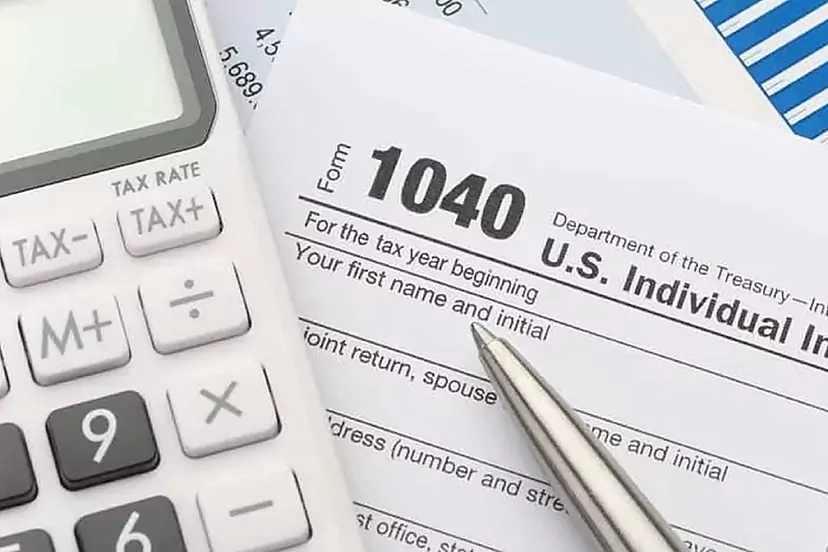With tax filing season set to officially start on January 23 for workers in the USA, now is the perfect time to learn about the tools one can use to make the filing process more streamlined.
It is estimated that the Department of Internal Revenue Services (IRS) is expecting more than 68 million individual tax returns to be filed prior to the deadline of April 18, 2023.
With this in mind, the Treasury has designed a free tool called the Electronic Federal Tax Payment System (EFTPS) to help both individuals and organizations file their tax returns.
What is the EFTPS?
As stated earlier, the EFTPS is a free-to-use tool designed by the United States Department of treasury that helps both individuals and firms file their taxes.
The system is highly convenient as it is available 365 days a year, 24 hours a day.
It is estimated that 12 million groups including individuals, businesses, nonprofits, and other government organizations rely on EFTPS to file their taxes.
What type of payments can be made through EFTPS?
The following are the various kinds of payments an individual or firm can make using the EFTPS system:
- Estimated taxes
- Corporate taxes
- Self-employment taxes
- Payroll taxes, including Federal Insurance Contribution Act taxes
- Excise taxes on alcohol, gasoline, and certain other goods
What is Direct Pay?
Much like EFTPS, Direct Pay is a system introduced by the IRS to help individuals file their taxes. Much like the EFTPS system Direct Pay is free to use and enables individuals to pay the IRS directly as indicated by the name.
Difference between EFTPS and Direct Pay
While both tools are designed to help expedite the tax filing process, the key differentiator between the two is the fact that the EFTPS system enables both individuals and business owners to pay their federal taxes, while the Direct Pay system is only open to individuals.
Another key differentiator between the two is the fact that the EFPTS system does not have a cap whereas the Direct Pay system caps payments at 10 million dollars.

